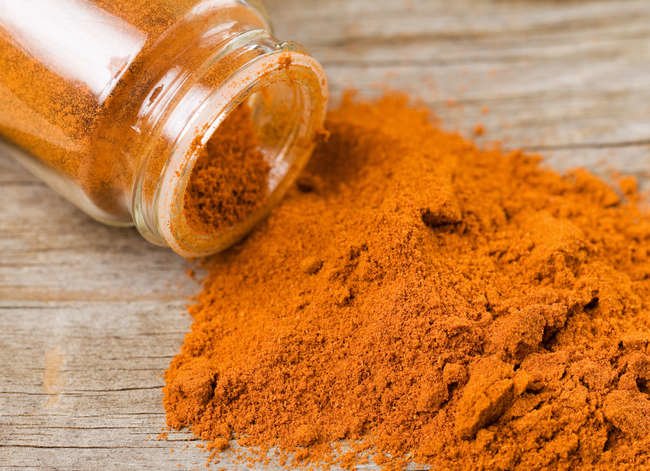

We may earn revenue from the products available on this page and participate in affiliate programs. Learn More ›
Home Advice You Can Trust
Tips, tricks & ideas for a better home and yard, delivered to your inbox daily.
By signing up you agree to our Terms of Service and Privacy Policy.
Stop Garden Invaders with Cayenne
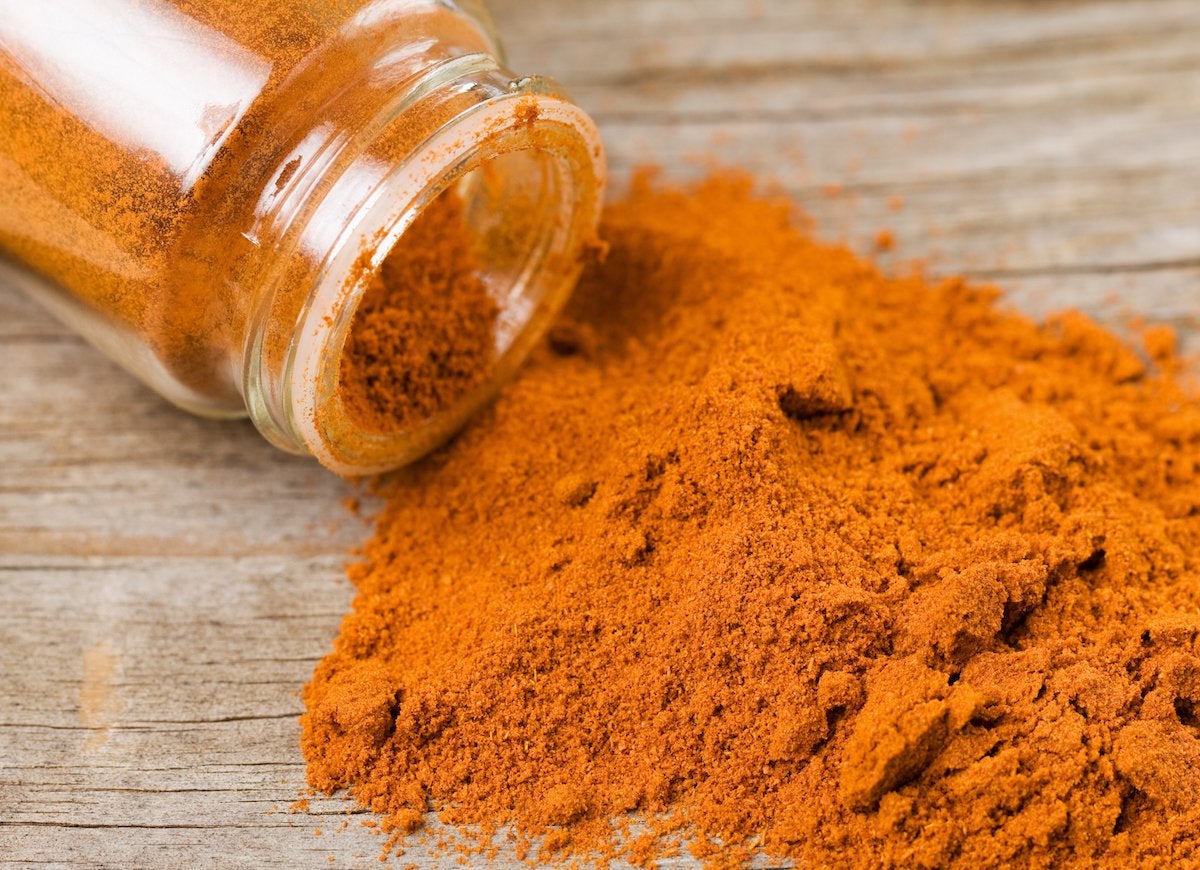
Cayenne attracts diners with the delicious heat it adds to meals, but when used around the yard the spice sends bugs scurrying for cover. If aphids are ruining your roses, mix a teaspoon of cayenne with a dash of liquid dish soap in a plastic spray bottle, and fill the rest with water. Just shake and lightly mist plant leaves and the surrounding soil. Unwanted visitors will get the message.
Repel Cockroaches with Bay Leaves
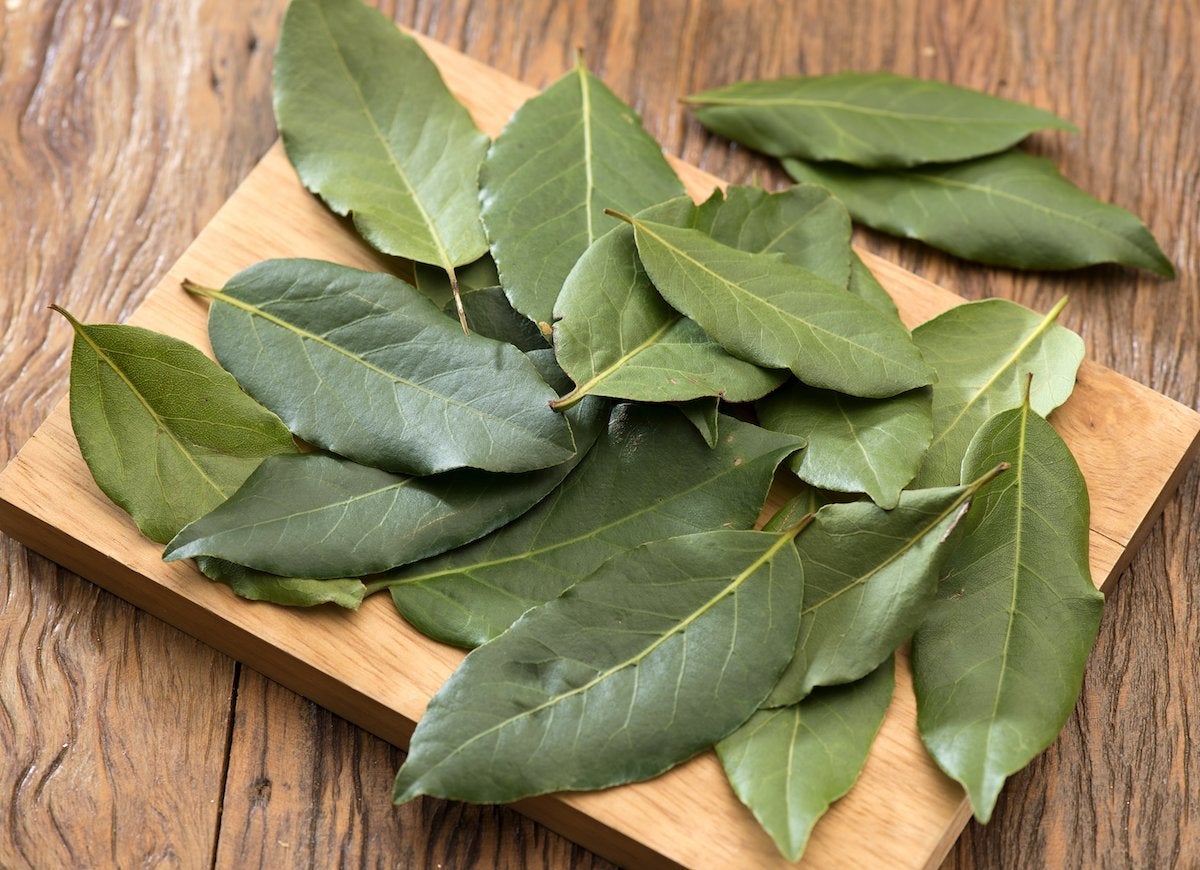
The leaves of the bay laurel tree are prized for the flavor they add to stews and rice dishes, but they have a hidden talent for getting rid of cockroaches at home. Bay leaves won’t kill the creepy crawlers, but they will send them running in the opposite direction—out of your house. Place dried bay leaves where cockroaches hide—in dark corners, the backs of cabinets, and any cracks you find in baseboards and floorboards—and you’ll be one step closer to a pest-free home.
Dye Easter Eggs with Turmeric
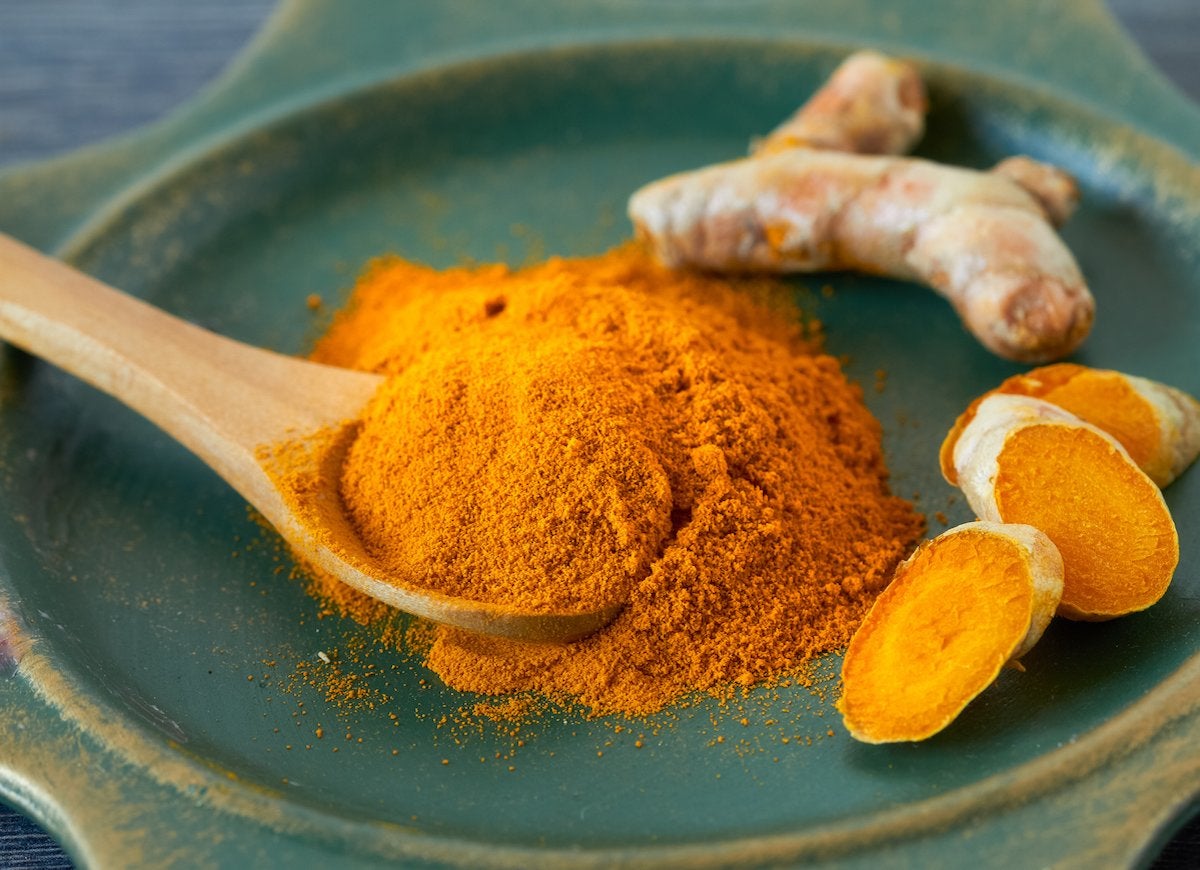
For a vibrant yellow dye, combine two tablespoons of turmeric powder with one cup of boiling water, then pour in two teaspoons of white vinegar. Stir the ingredients until the powder dissolves, then dip hard-boiled eggs, one at a time, in the liquid. Create darker and lighter tones of yellow by allowing eggs to sit in the mixture for anywhere from 5 to 20 minutes.
Glue with Garlic
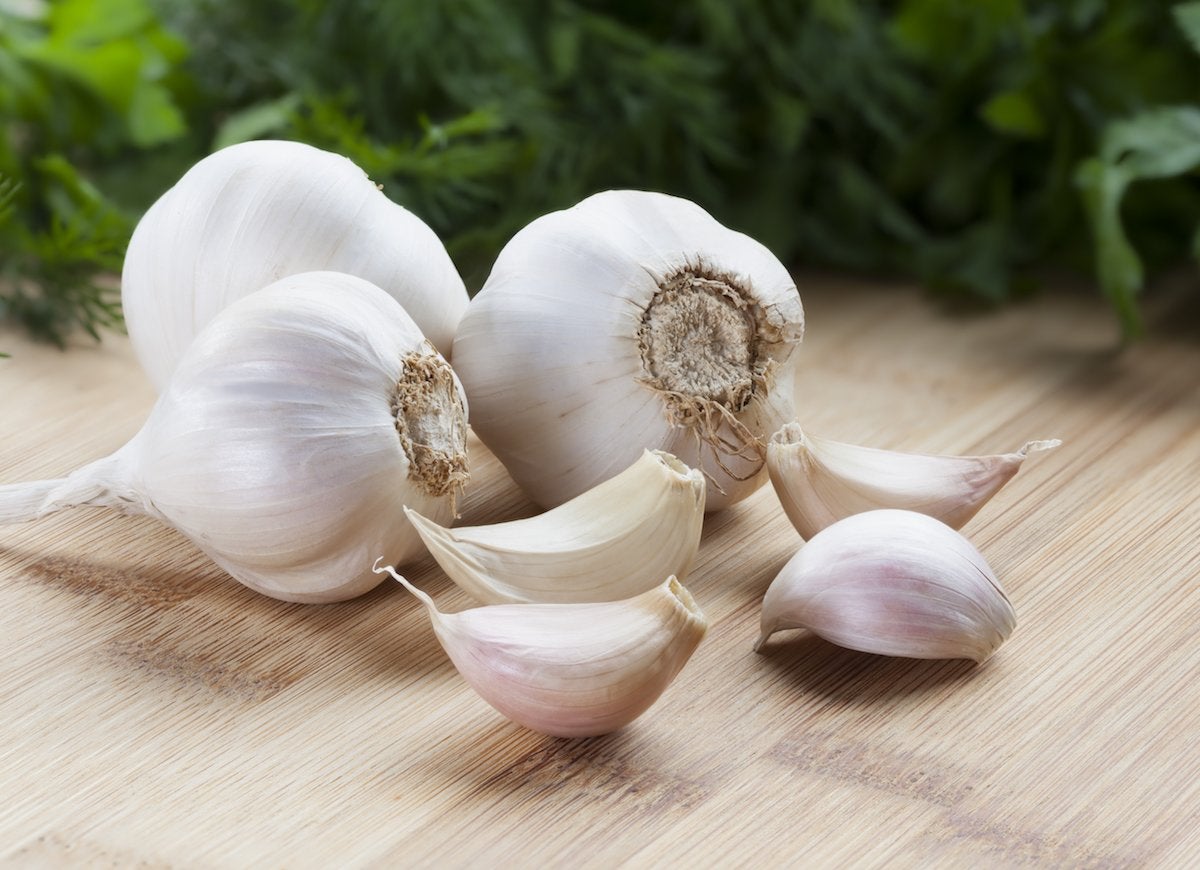
Sure, everyone knows garlic is good for keeping vampires at bay, but did you know fresh garlic juice has adhesive properties as well? It won’t bond heavy objects, but it works well on small things, such as items made of fragile glass or delicate crystal. Squeeze the juice from a raw garlic bulb and use it as you would glue to mend the broken pieces of a cherished figurine.
Drive Away Mice with Mint
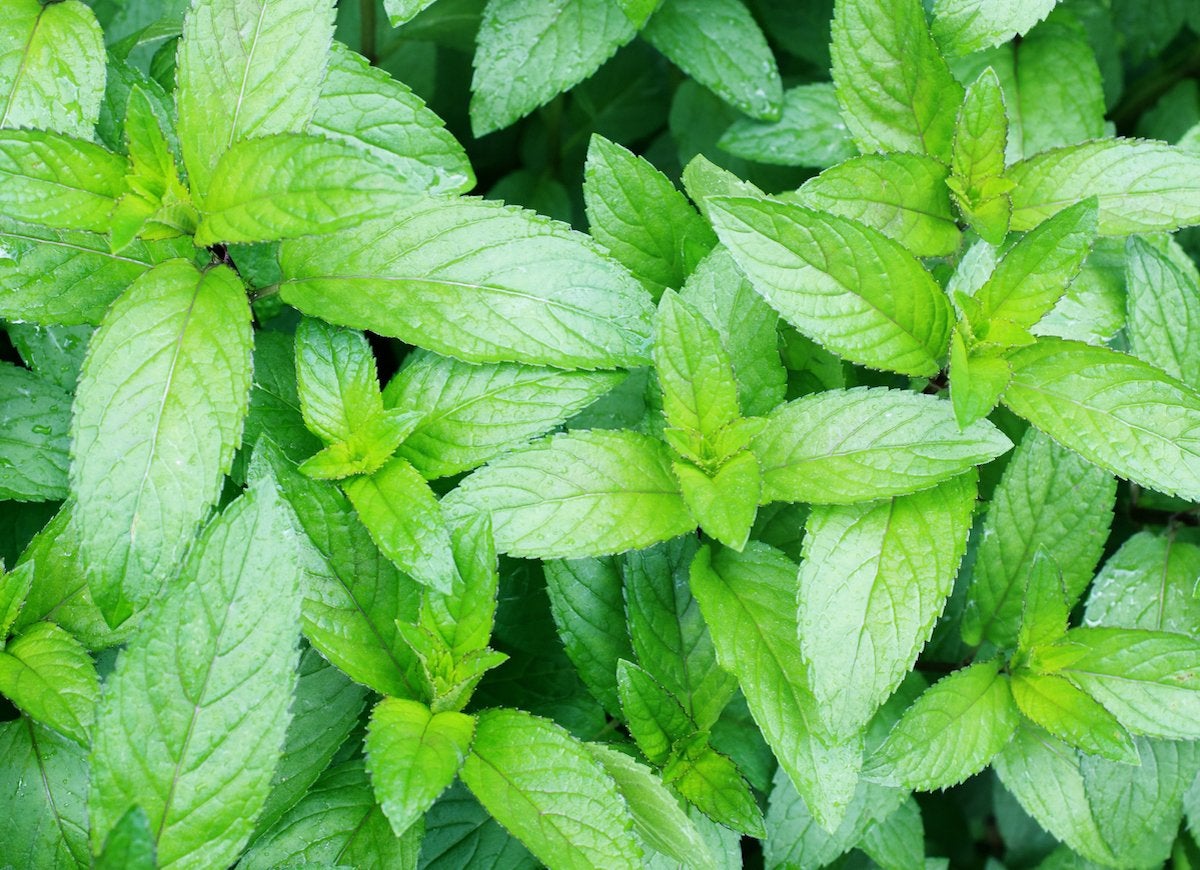
A fragrant sprig of mint adds flavorful flair to pesto and brightens a summer mojito, but did you know that it’s also an affordable mouse repellent? Mice can’t stand mint—in fact, they’ll do anything to avoid it. Place dried mint or peppermint oil in foundation gaps and anywhere else you suspect mice may be able to enter your home. Sprinkle it in the corners of garages and storage sheds to keep mice from setting up shop where they’re not wanted.
Repel Mosquitoes with Rosemary
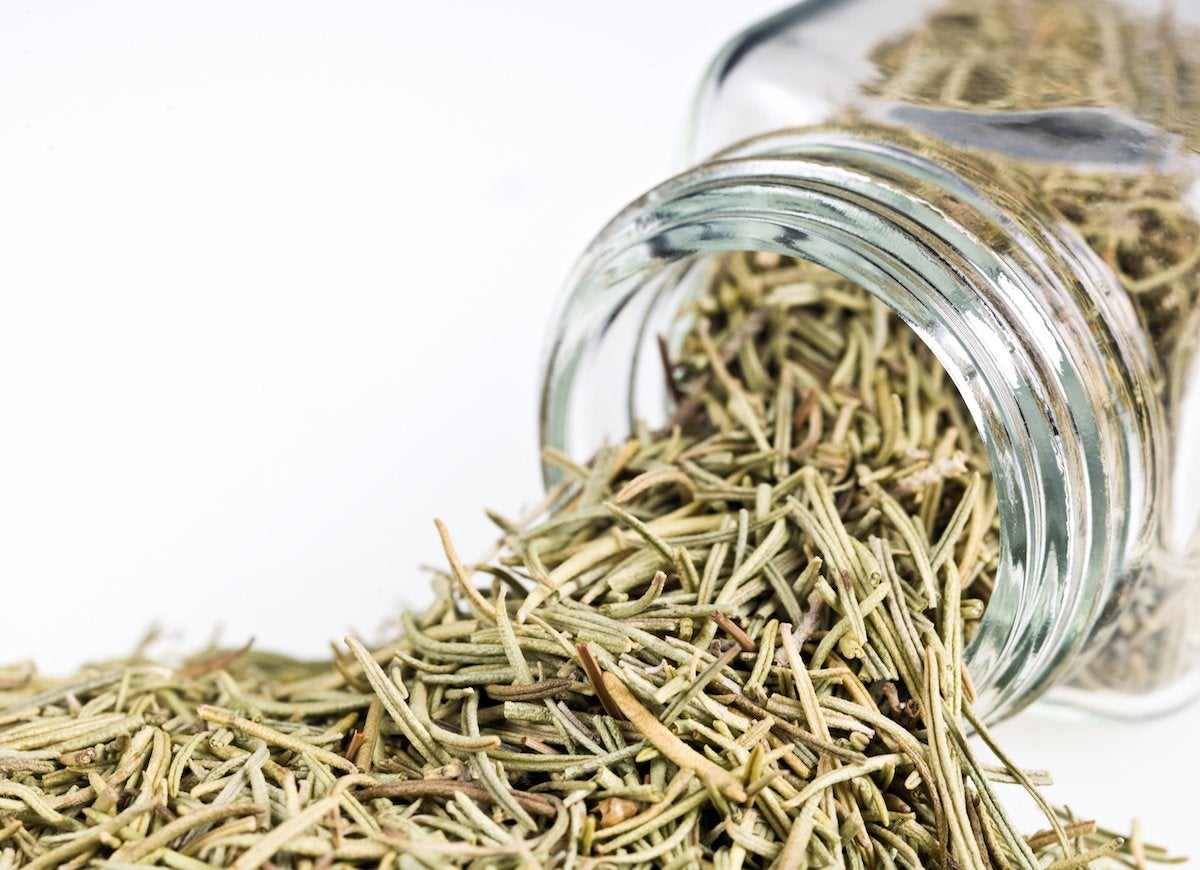
Mosquitoes are bugged by the smell of rosemary, but you don’t have to plant fresh rosemary all over your yard in order to capitalize on this herb’s repellent power. Just add one cup of dried rosemary to one quart of boiling water, then allow the mixture to cool to room temperature. Strain the liquid and pour into a spray bottle. Spray yourself—and your pets—with the refreshing mist, and enjoy mosquito-free outdoor activities.
Grow Your Garden with Cinnamon
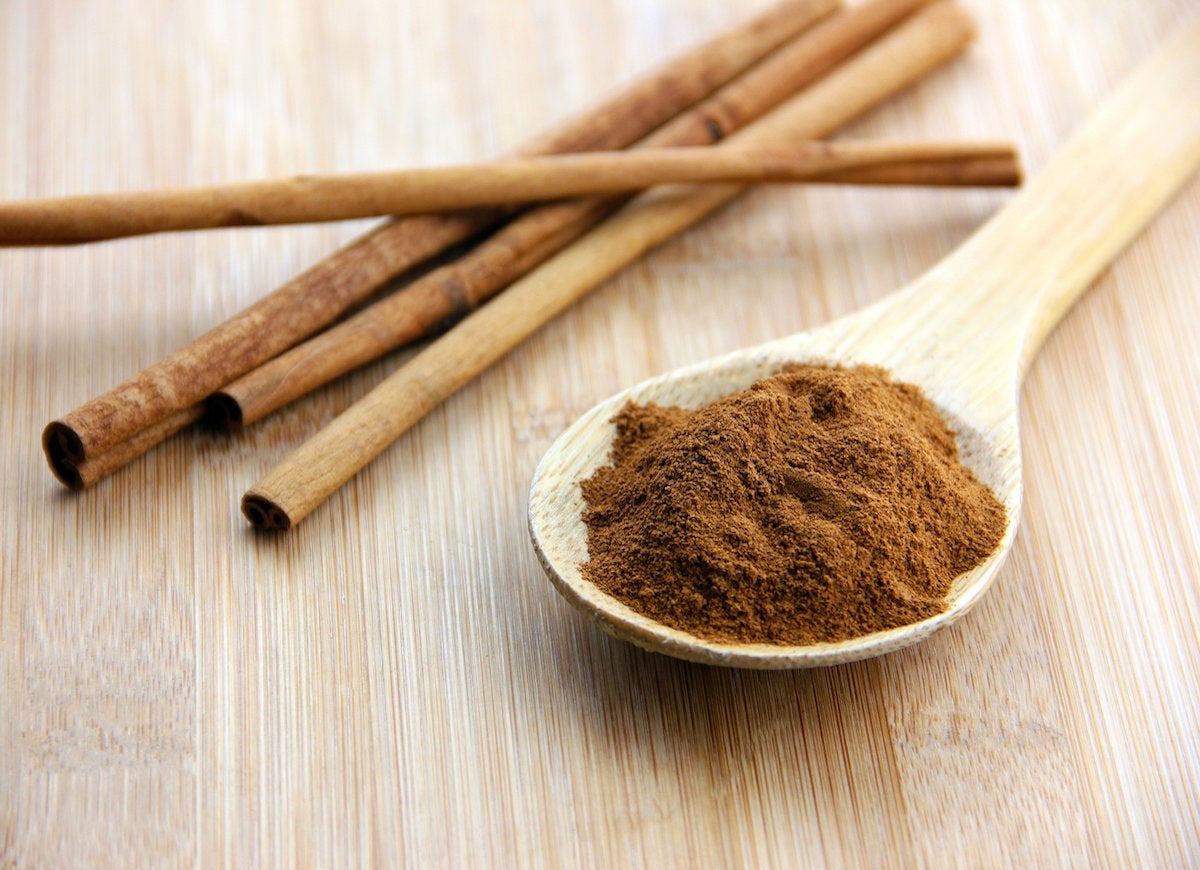
The same warming spice that gives breakfast rolls their irresistible flavor is also great for getting rid of plant fungus and helping new plant cuttings develop roots. Mix one teaspoon of cinnamon with two cups of water in a spray bottle. Shake well and spray directly on stems and leaves to prevent plant fungus. To help plant cuttings take root, dip the end of a cut stem in cinnamon before inserting it in a sterile growing medium.
Disinfect with Thyme
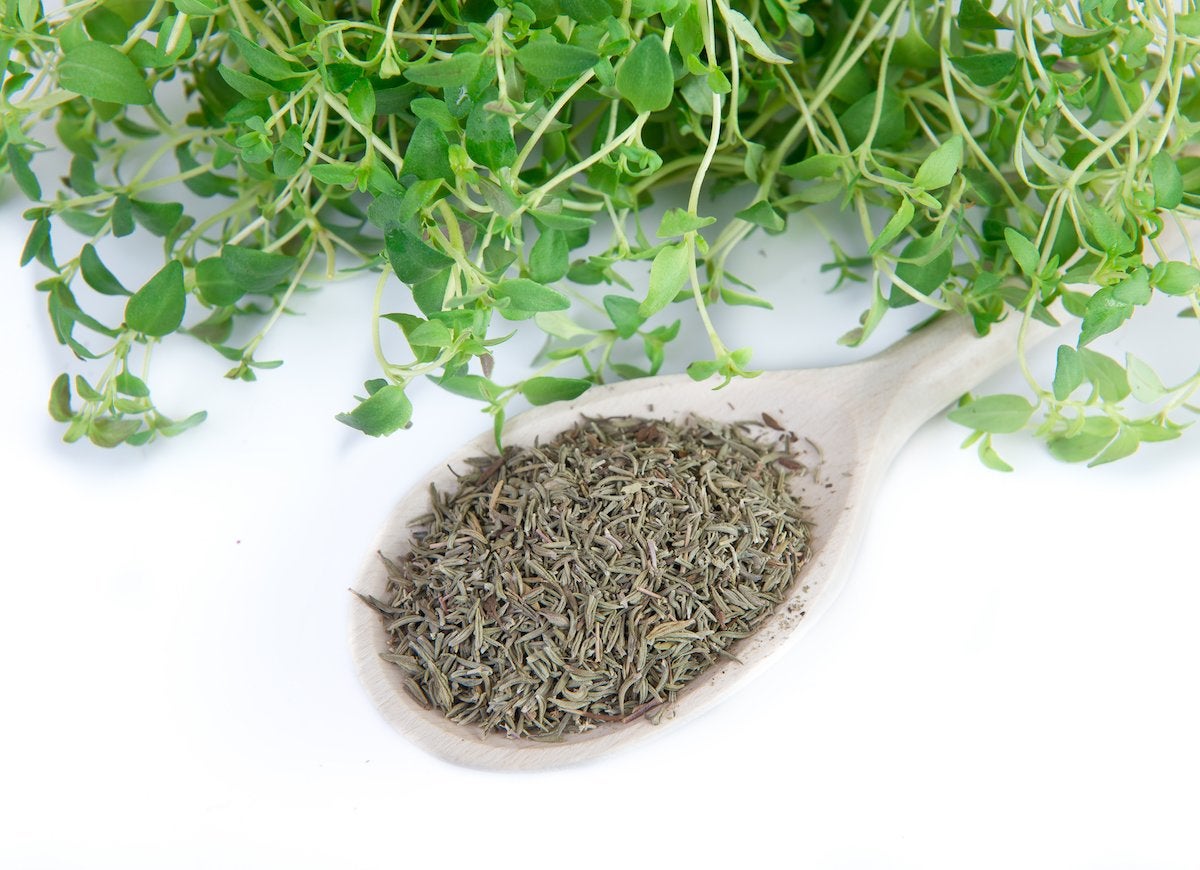
Savory thyme is a natural disinfectant that can be substituted for harsh chemical cleaners when you’re wiping down kitchen counters or bathroom surfaces. Pour one cup of boiling water over one tablespoon of dried thyme leaves; let the brew steep eight hours or overnight. Strain, add two tablespoons of rubbing alcohol (the alcohol keeps the solution fresh), and pour into a spray bottle. Use your fresh mixture on all wipeable surfaces for a deliciously scented clean.
Soothe Athlete’s Foot with Oregano
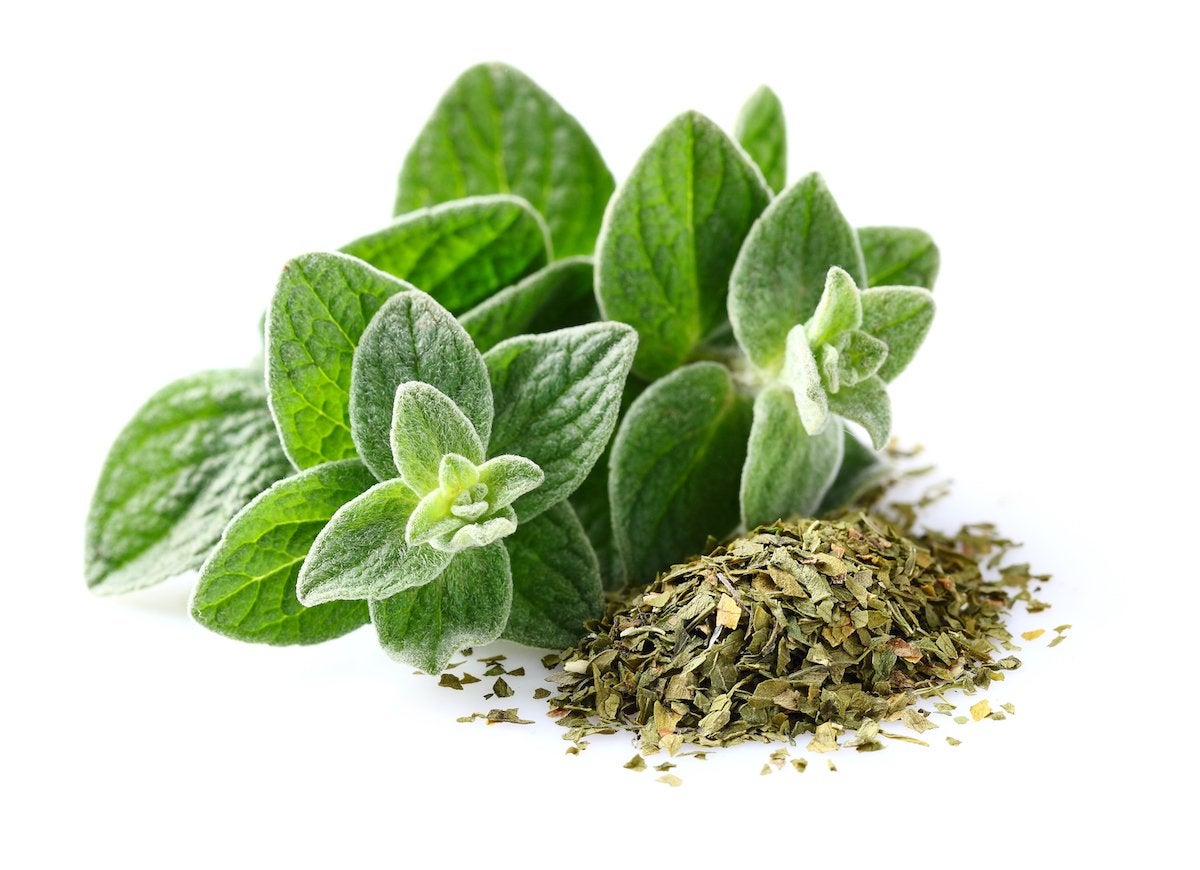
Protect your feet from the itching and peeling caused by athlete’s foot, a contagious fungus that thrives in communal showers and locker rooms. To benefit from the natural soothing power of oregano, bring two cups of water to a boil, then add ¼ cup of dried oregano. Let the solution cool before straining. then add the potent infusion to four quarts of water in a foot bath. Soak feet for 20 minutes and repeat daily until the condition clears up.
Protect Clothes with Pepper and Cloves
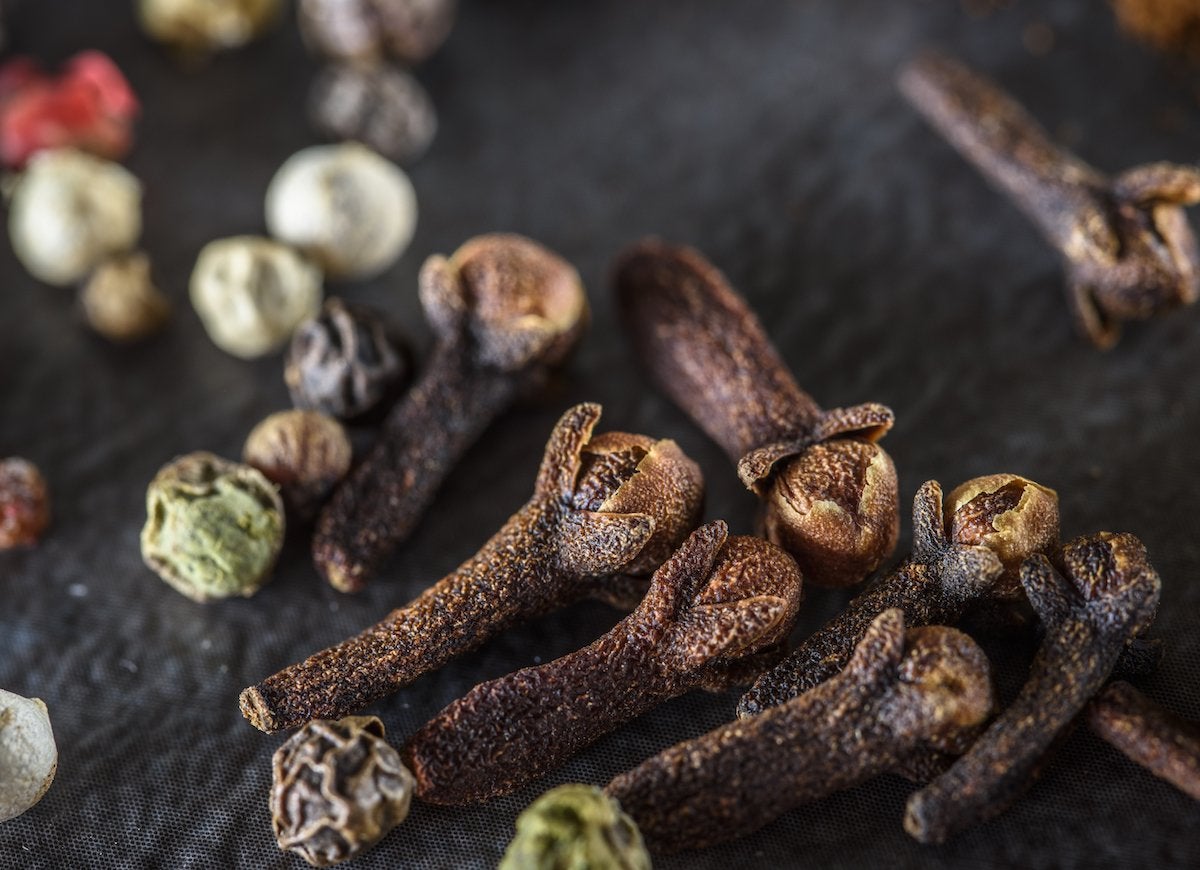
Stop fabric-munching moths from taking a bite out of your favorite sweater. Before packing away seasonal clothing, prepare moth-repelling sachets by combining equal parts of whole cloves and black peppercorns. Put one tablespoon of the spice mix in the center of a six-inch fabric square, draw up the corners, and tie a ribbon to create an aromatic bundle. Tuck a sachet into every box of clothing to keep moths out.
Lavender Refreshes Laundry
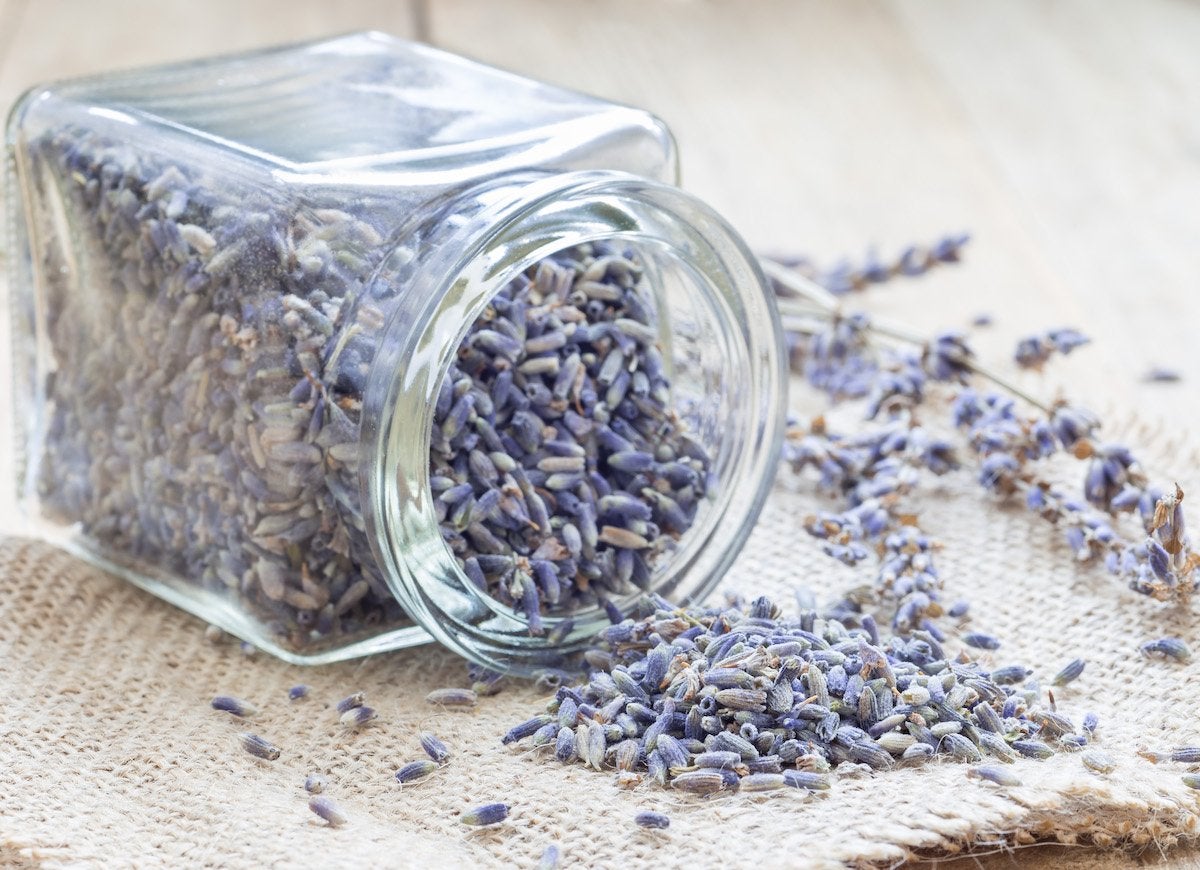
If you have dried lavender in your kitchen, you already know it gives baked goods and teas a heavenly aroma, but did you know it can do the same for your clothes in the dryer? To make lavender dryer sachets, cut six-inch squares of fabric from an old pillowcase, and sew two pieces together to form a small bag. Before stitching the last side closed, add two tablespoons of dried lavender. Voilà! You’ll have a delightful—and reusable—dryer sachet!
Deodorize with Dry Mustard
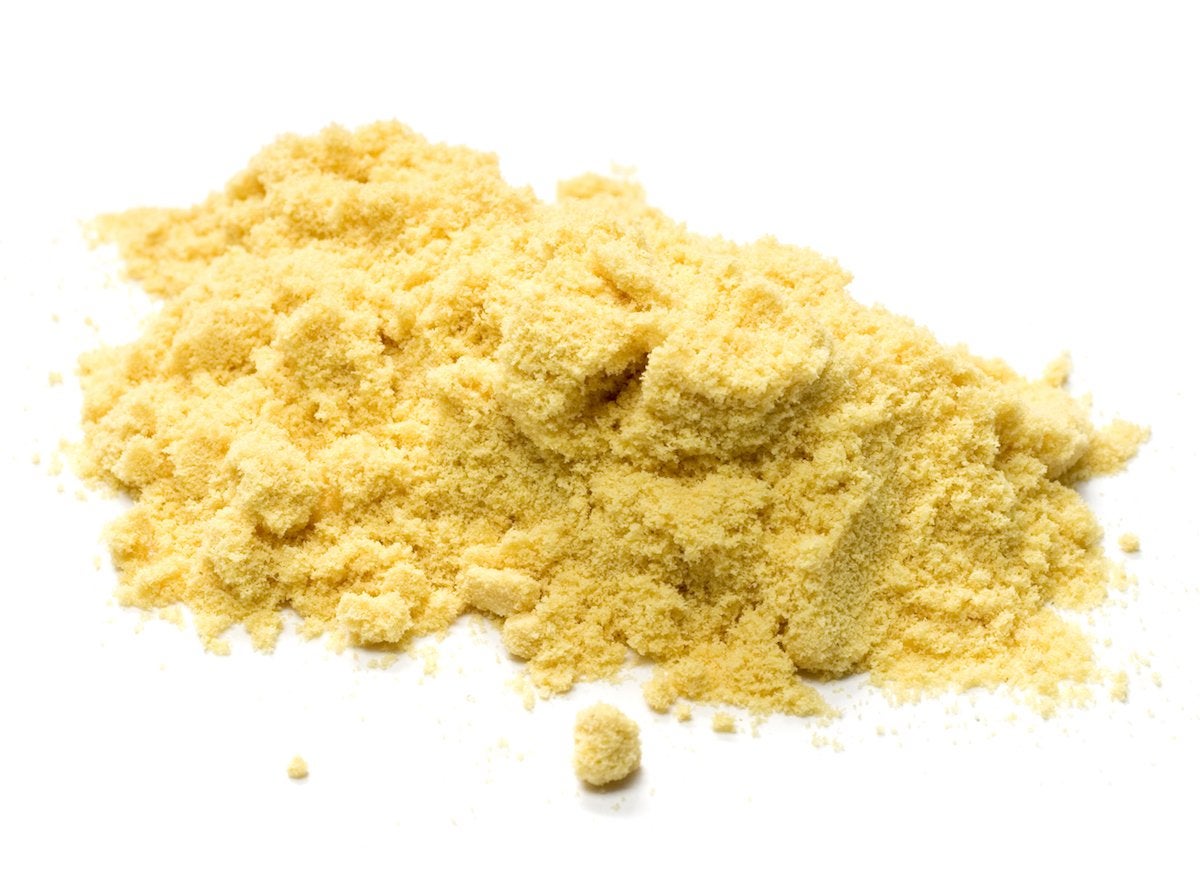
Who knew that something most often associated with hot dogs could bust stubborn smells? If you’ve been chopping onions or garlic and haven’t been able to dislodge the smell from your skin after a quick scrub with hand soap, make a paste of a little water mixed with mustard powder, and rub it on your hands. If you end up with leftover mustard paste, it works great to remove disagreeable food odors from plastic food storage containers.
Clean Tubs with Cream of Tartar
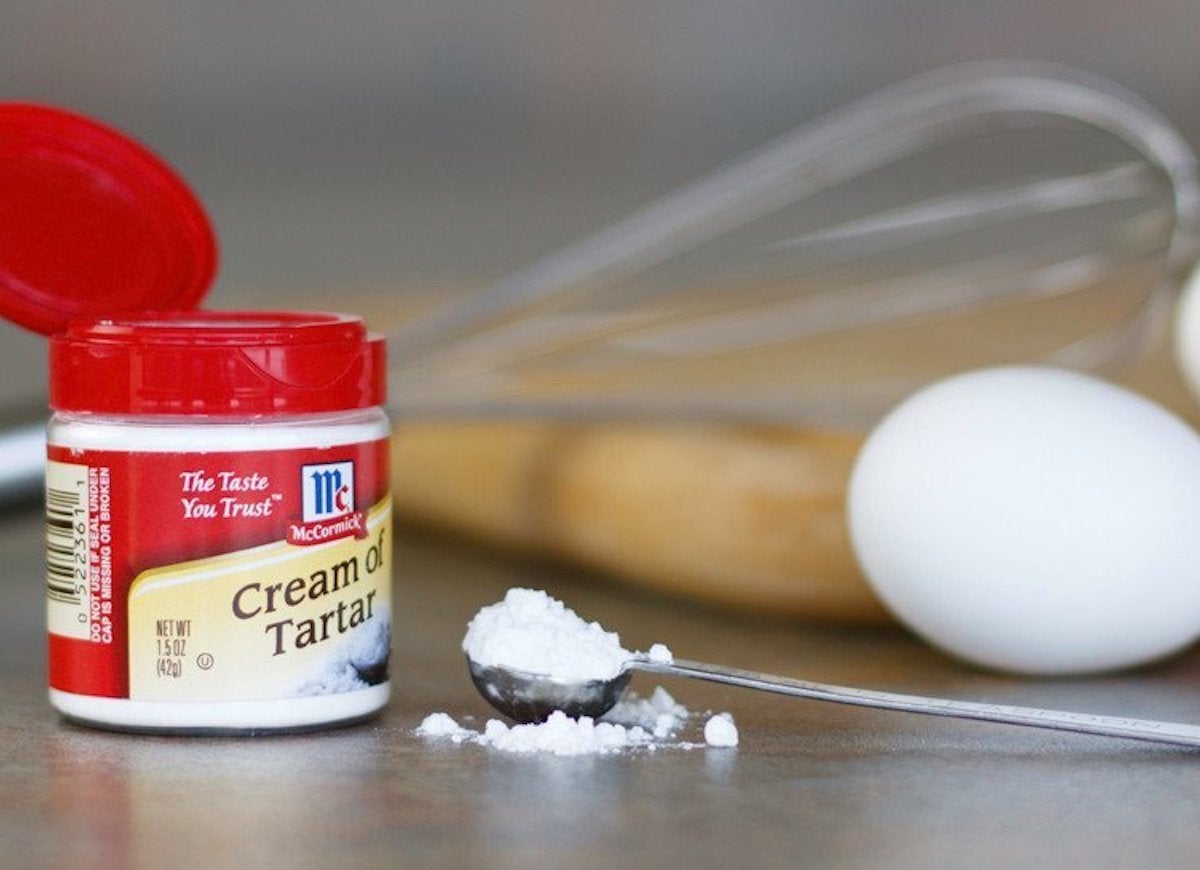
Best known for its ability to add fluffy stability to beaten egg whites, cream of tartar, when mixed with baking soda and lemon juice, is also an excellent bathtub cleaner. Blend together equal parts of cream of tartar and baking soda, then add just enough lemon juice to form a smooth paste. Apply with a damp sponge to tub rings and hard water stains. Let the paste dry before rinsing with water to reveal a sparkling clean tub!

I Was Dead Set On Stone Floors—Until I Saw These Options
See how a virtual floor designer might just change how you envision your floors, as it did for this editor with her ongoing kitchen renovation.